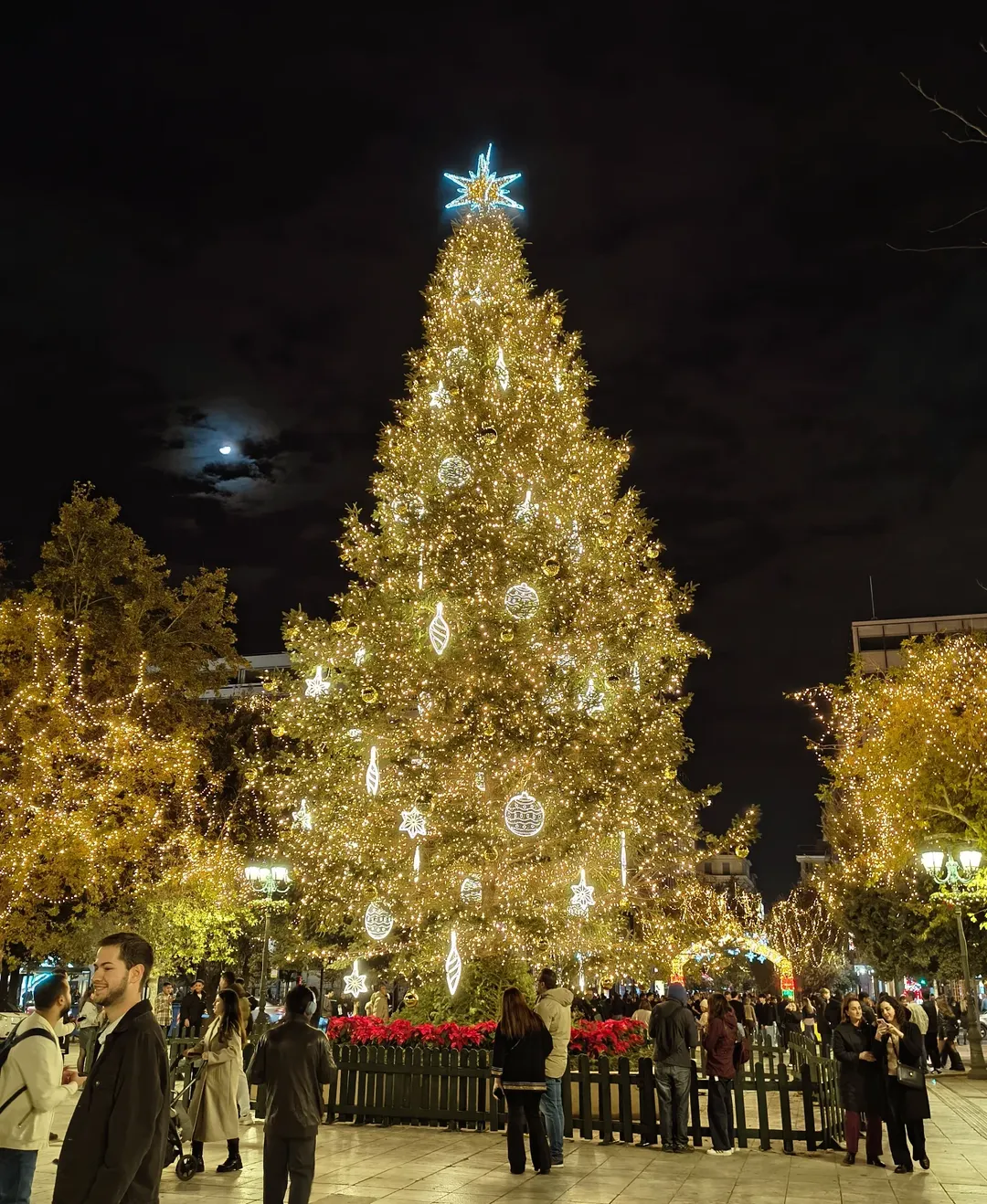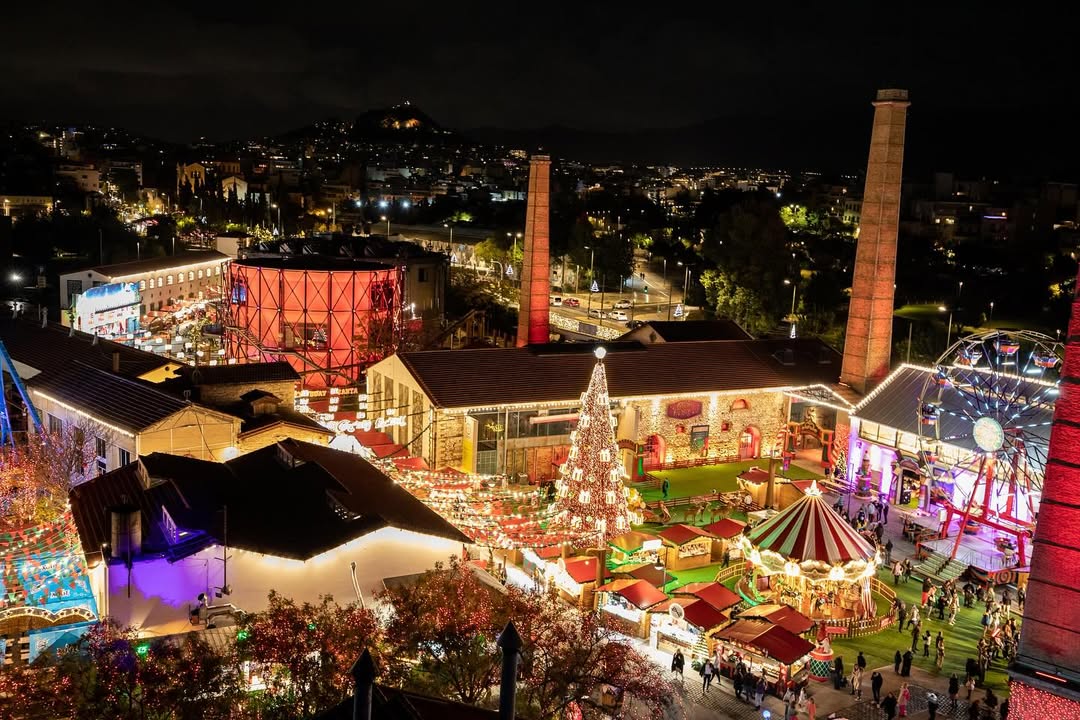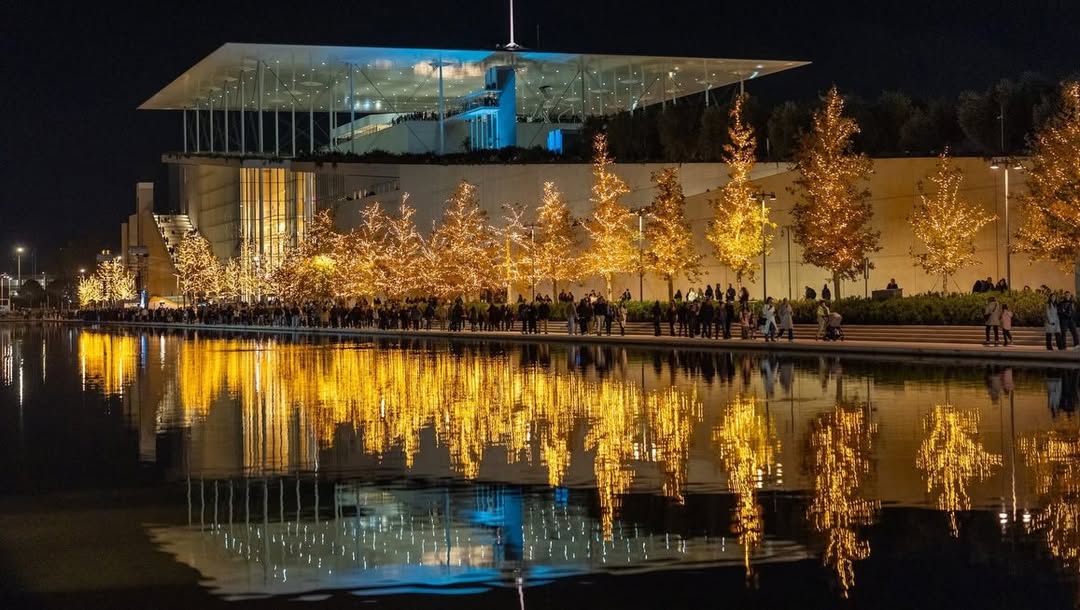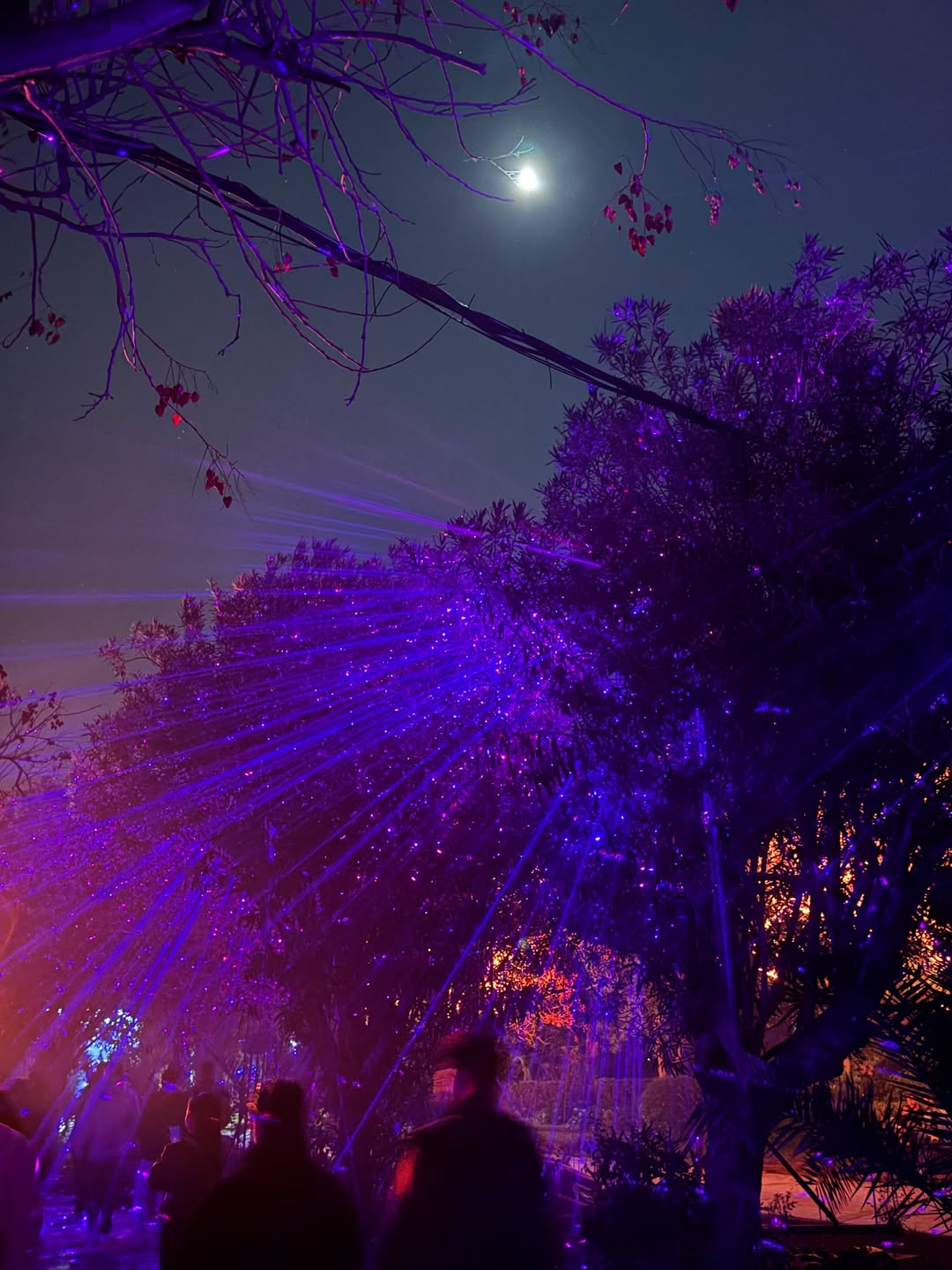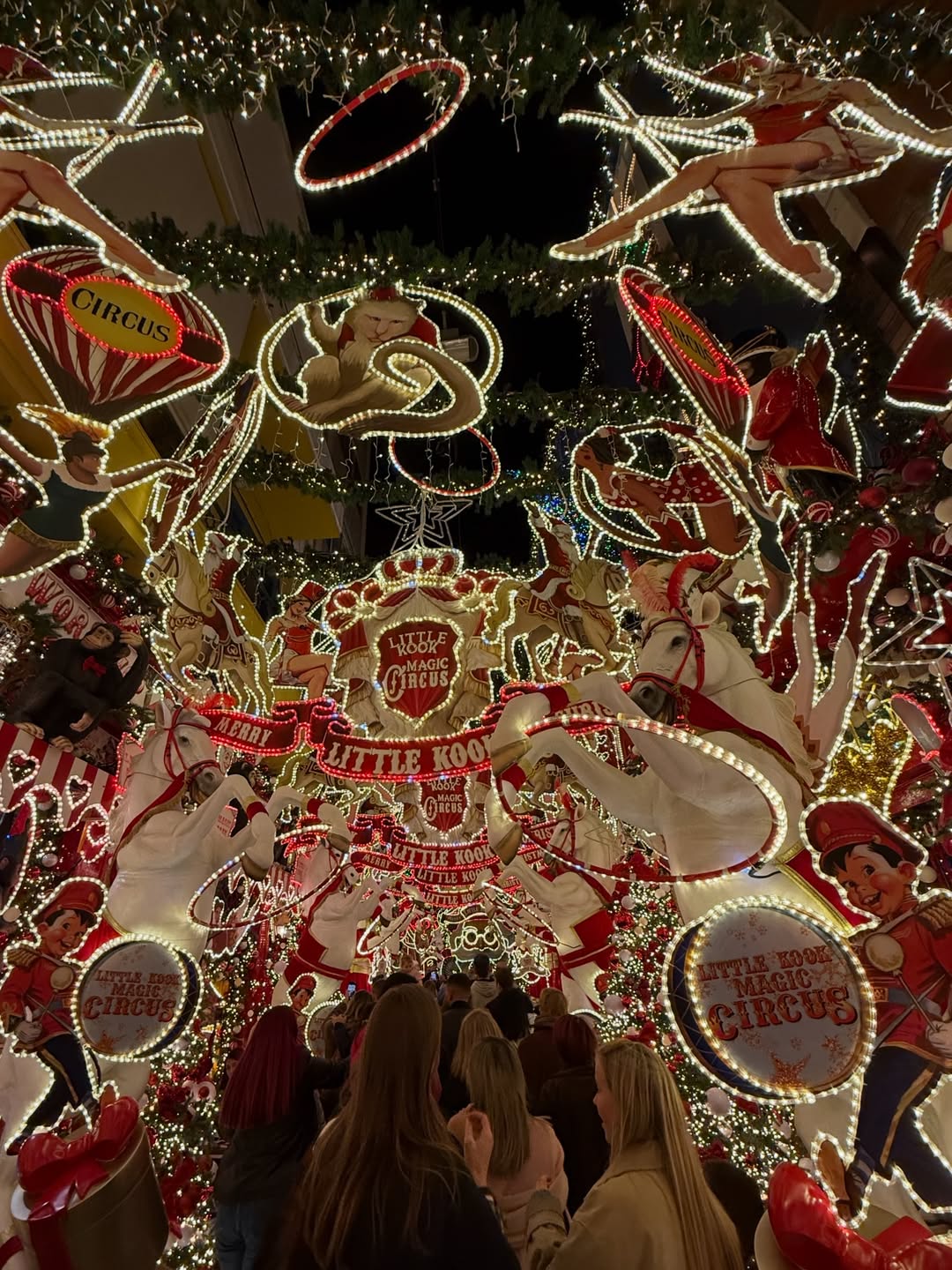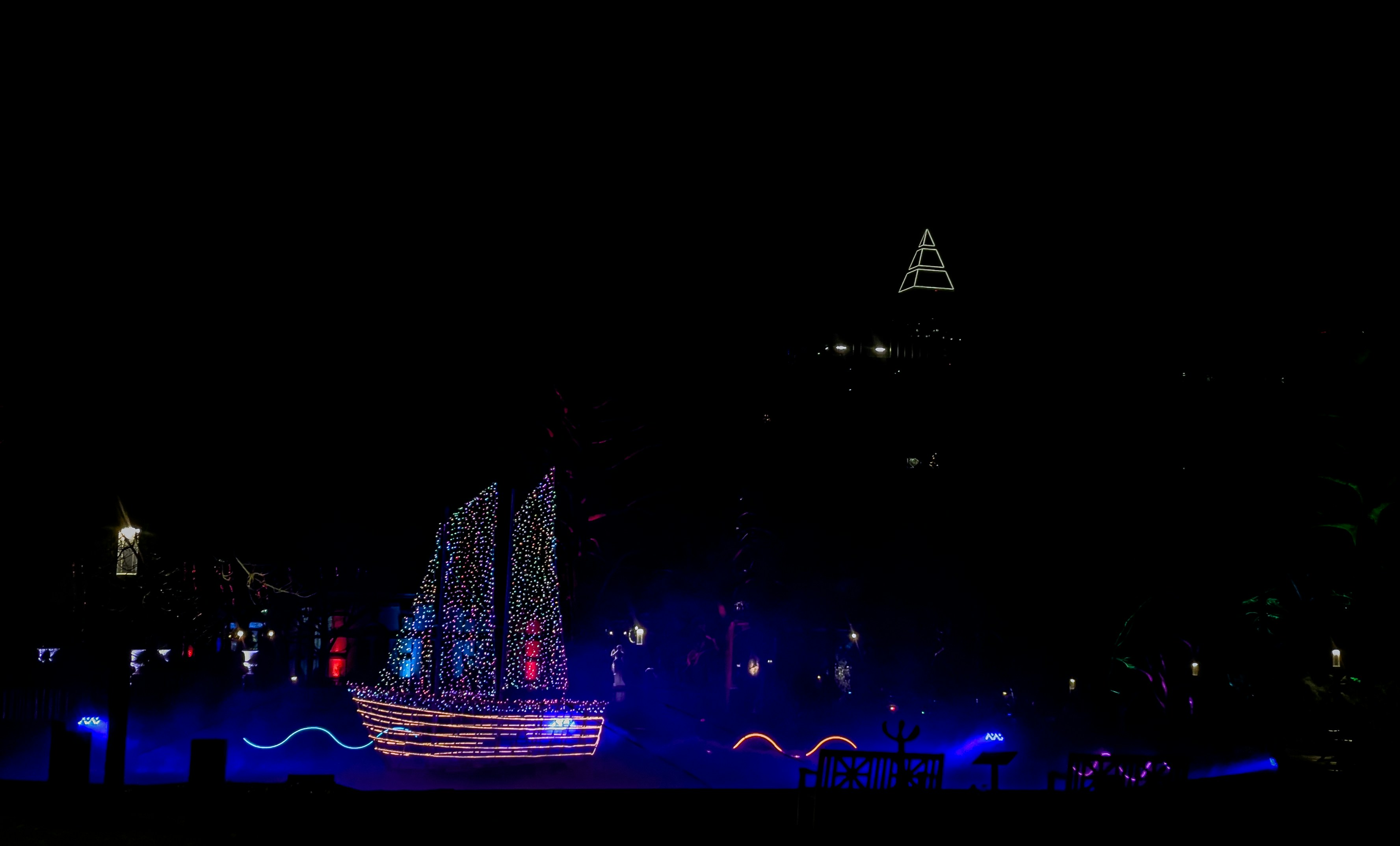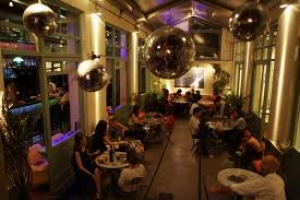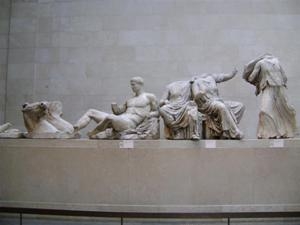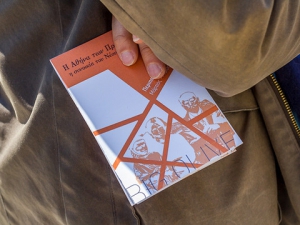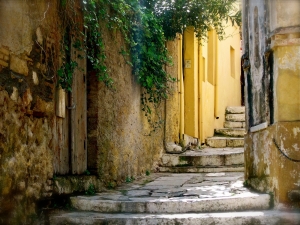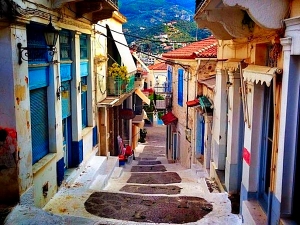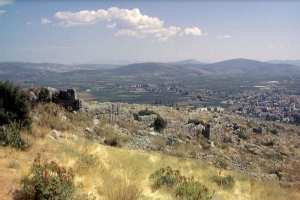Set against the breathtaking shores of Godai Beach, Otro Mundo is more than just a festival; it’s a soulful invitation to awaken your senses, deepen your connections, and celebrate life.
From June 6–8, immerse yourself in a transformative experience that blends electronic music, holistic workshops, captivating performances, and a conscious marketplace, all just a short drive from Athens.
At the heart of
Otro Mundo is its
electronic music experience. This year, expect a curated line-up that takes you on a sonic voyage through
Electronica,
Organic Downtempo,
Deep Melodic House,
Tribal,
Afro,
Progressive, and
Tech. Music is the universal language that unites us all, and at Otro Mundo, it serves as the thread that weaves together every element of the festival. With sounds that resonate deep within your soul, this is a space where dance and rhythm become the language of connection.
One of the highlights of this year’s festival is the appearance of Mira, one of the most influential artists in Berlin’s underground scene! Mira performs across the globe – from Berlin’s legendary clubs to the desert of Burning Man – and through her “Mira Invites” events in cities like New York, Lisbon, London, Mexico City, and Los Cabos.
The second highlight is the showcase by Athenian label Revolt, one of the most respected collectives in the underground electronic music scene in Athens. Revolt has built its reputation by pushing the boundaries of electronic music – with talented artists and explosive gigs in Athens and abroad.
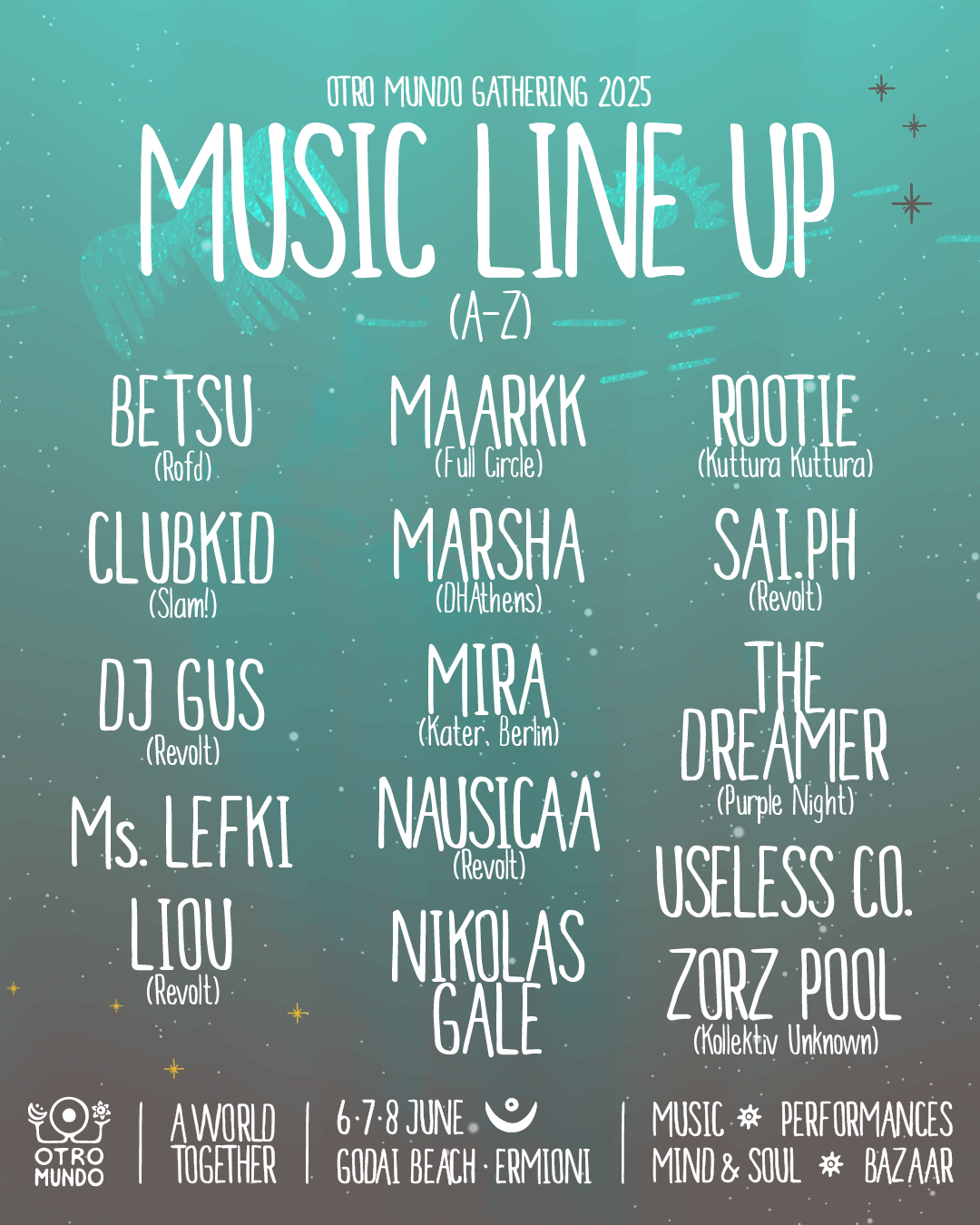
2. Mind, Body, & Soul Workshops: Reconnect Within
Take a pause from the dance floor and dive into your mind, body, and soul through workshops and rituals designed to open your senses and provoke deep thinking. Led by a carefully selected group of facilitators, these sessions offer the opportunity to reconnect with yourself and the world around you. Whether it’s through meditation, yoga, or spiritual healing practices, these workshops provide a sanctuary for personal growth and transformation.

There is a wide variety of activities such as: Sound Healing, Breathwork, Kundalini Activation Process, Shiatsu/Kali Prana Massage, Reiki, Cacao Ceremony & Ecstatic Dance, Music & Yoga, 5Rhythms, Tarot & Astrology Readings, Live Drawing Workshops etc.
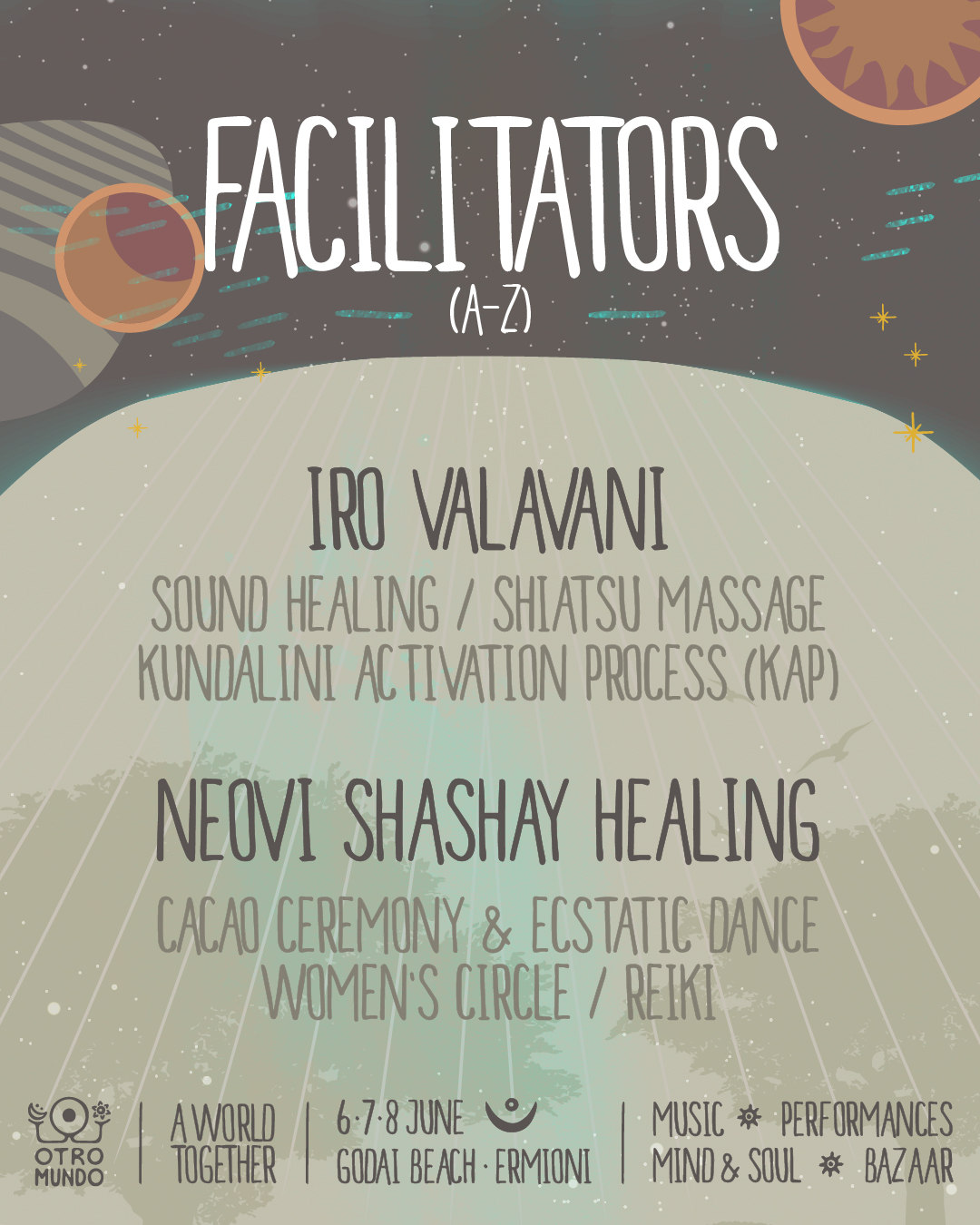
3. Immersive Performances: The Magic of Surprise
Otro Mundo is all about being part of something magical. Expect performances that will take you by surprise, transporting you into a world of wonder and blurring the line between artist and audience. One moment you’re dancing under the stars, the next you're swept into a surreal piece of theatre or a mesmerizing movement ritual. These moments are unscripted, raw, and unforgettable, each one a reminder that magic lives in the unexpected.

@otromundogathering
4. Artisanal Bazaar: A Marketplace of Conscious Creations
If you want to take home more than just memories from Otro Mundo, the artisanal bazaar is a vibrant market showcasing unique, handmade creations from small producers and local artisans. This is a space to shop consciously, support independent makers, and discover beautiful, one-of-a-kind items, whether it’s jewelry, clothes, gifts, or natural products. Everything in the bazaar is crafted with care and intention, embodying the festival’s commitment to sustainability and community.
A Beach Festival Like No Other
One thing that sets Otro Mundo apart is its location, Godai Beach, Ermioni, just a short drive from Athens. Not only does it offer stunning views of the sea, but it also creates the perfect environment to unwind, swim, and dance under the sun. The Holy Spirit weekend is the ideal time to escape the city while enjoying the natural beauty of Greece’s coastline. You can even camp within the festival grounds for a fully immersive experience or choose from a variety of accommodations nearby, from budget-friendly options to luxury stays in Porto Heli and Ermioni.
CLICK HERE to grab your tickets for the 2025 Otro Mundo Gathering — and be part of something unforgettable!
Born from Friendship, Grown From Purpose
Otro Mundo has its roots in humble beginnings. What started in 2018 as small beach gatherings among close friends on the Greek Islands quickly evolved into a full-fledged festival. These informal gatherings were where musicians, spiritual seekers, and artists would come together to celebrate life, nature, and music. The sunsets were the backdrop for deep connection, as friends would gather around bonfires, chant, dance, and play music in tribute to Pacha Mama.
As time passed, this “tribe” grew, and with it, the vision for Otro Mundo. The festival is a manifestation of a shared dream to create a harmonious and diverse community where people can connect, celebrate life, and enhance peace and oneness. It’s a space where everyone can come together, exchange vibrations, and celebrate the things that matter most.
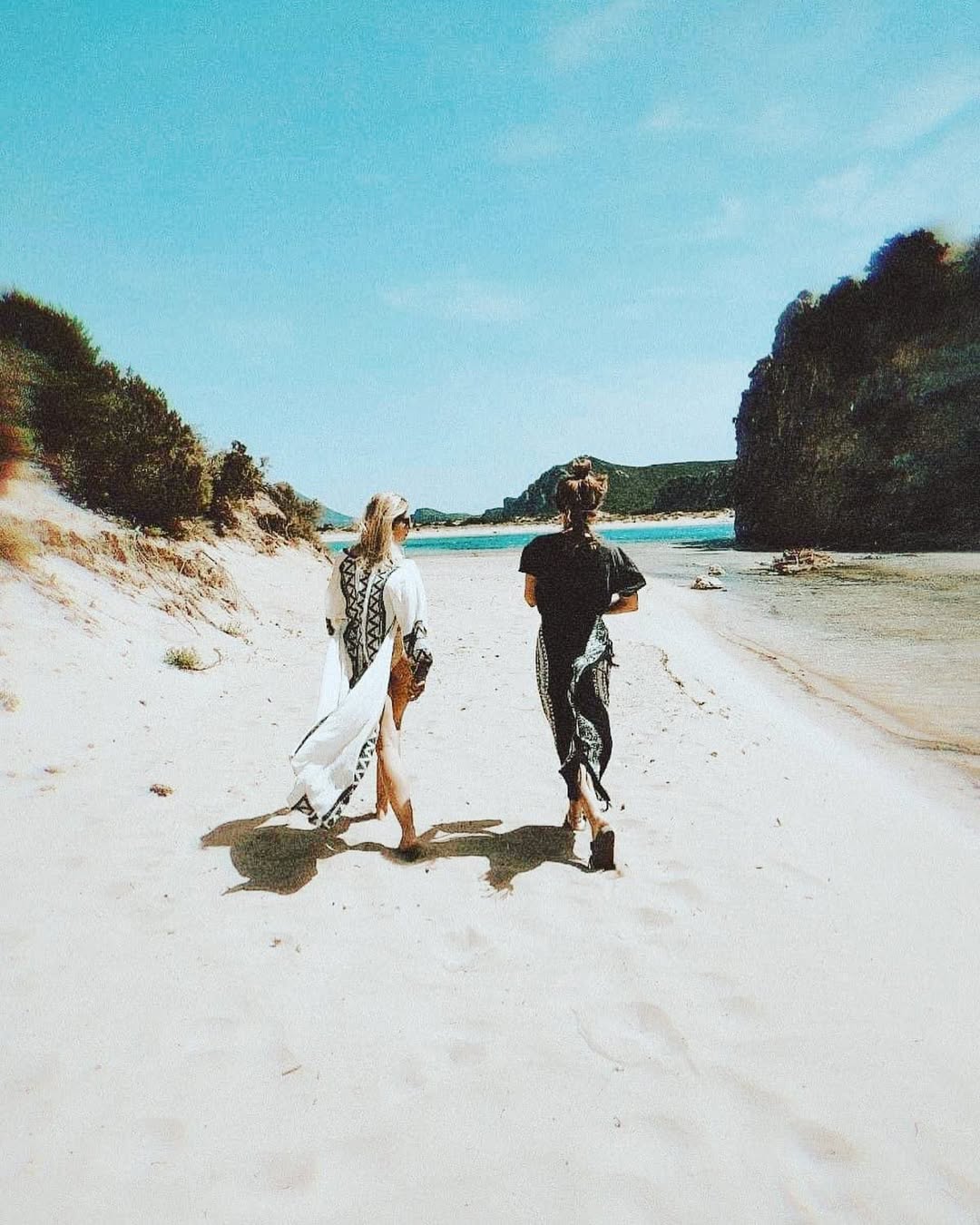
@otromundogathering
A Festival Name with a Deeper Meaning
Otro Mundo is more than a name; it’s a vision. Rooted in the philosophical concept of eterotropia, it represents a space that operates outside dominant systems, inviting us to reimagine how we live, connect, and celebrate. Eterotropia describes places that exist beyond the norms of everyday life; zones of freedom, play, and deeper meaning. At Otro Mundo, this idea comes to life. The festival becomes a living, breathing “other world,” where time slows, values shift, and participants co-create a more conscious, harmonious way of being, if only for a few magical days. It’s a temporary utopia that stays with you long after you leave.
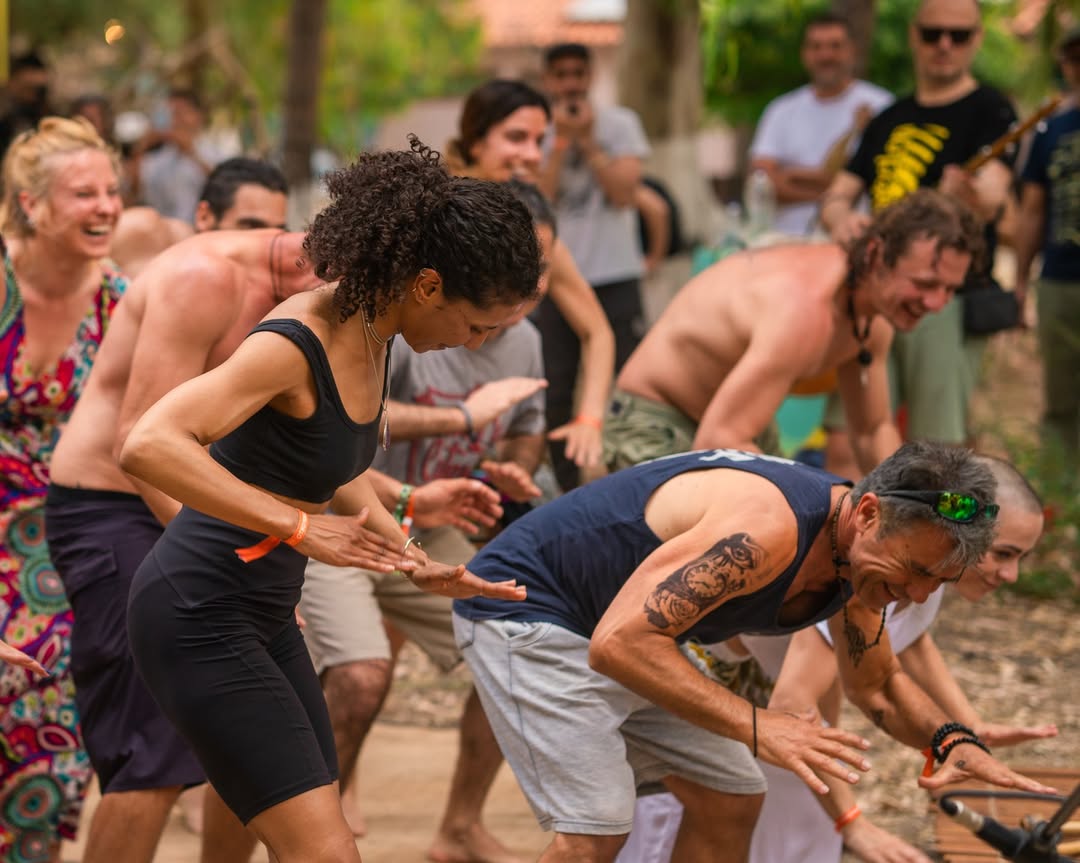
@otromundogathering
Join In for Otro Mundo 2025: Embrace the Light
Otro Mundo is more than just a festival; it’s an invitation to come together. Guided by the spirit of "A World Together," people gather from across the globe to share in a powerful experience of music, movement, and meaning. There, borders dissolve, and what unites us speaks louder than what divides us.
Join us under the sun and stars to celebrate the beauty of connection — where cultures blend, friendships spark, and souls align on the dancefloor. This is your invitation to be part of something greater: a shared journey into joy, unity, and transformation.
CLICK HERE to watch the Teaser Video of this year's gathering!









